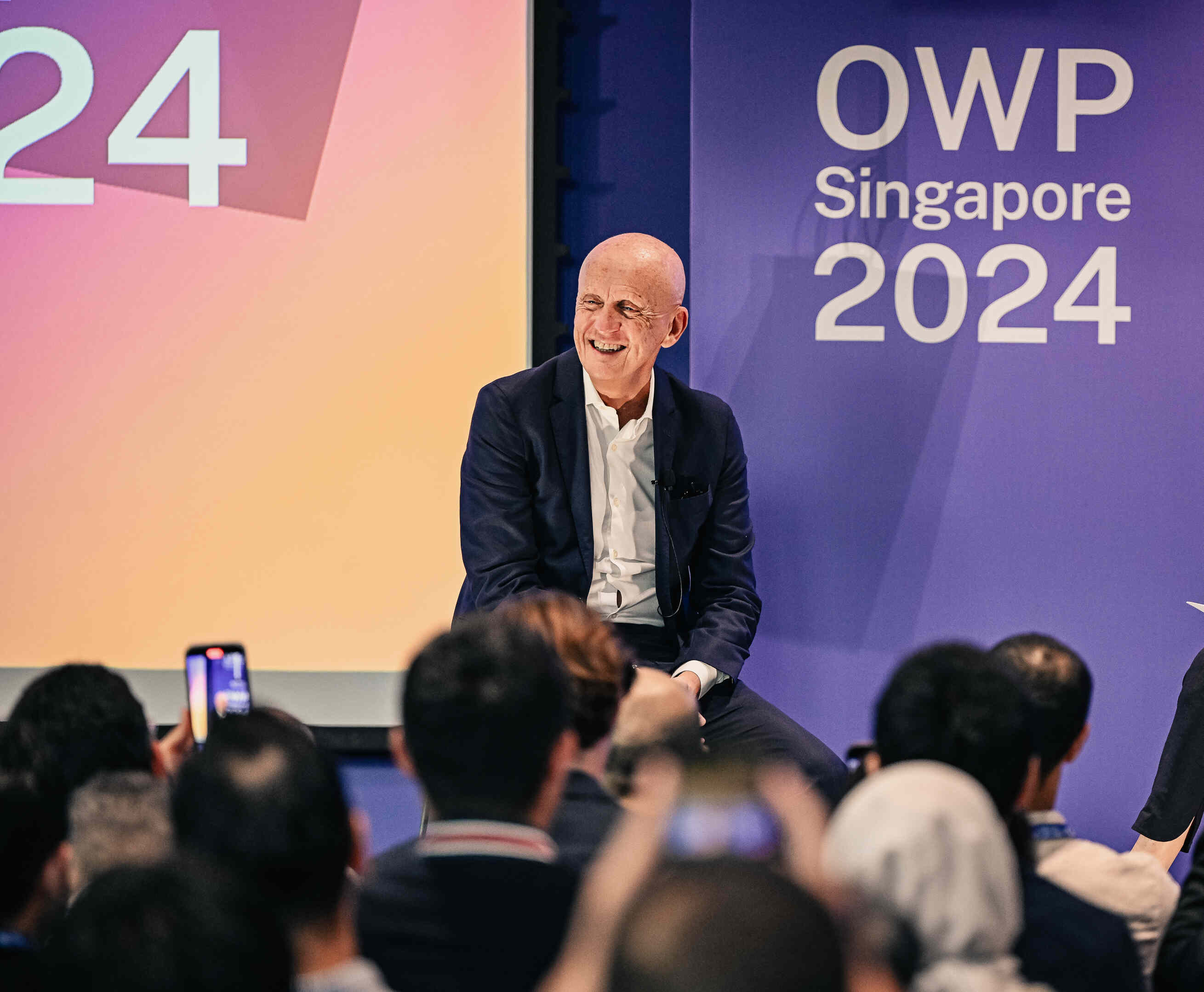
The missing piece in changing employee behavior
“I put a dollar in one of those change machines. Nothing changed.” George Carlin (American comedian)
Though it is hardly ever listed in job descriptions, changing employees’ behavior is an important part of any manager’s work. Whether it is helping people to develop and improve at what they do or getting them to do new things in new ways, enabling behavior change just comes with the territory. And for many managers, it is the toughest challenge they face.
It is not that managers do not know what needs to change. In a study we conducted with over 500 managers from around the world, we asked leaders how confident they were about their ability to help others identify and understand the behavioral changes they needed to make to improve performance. Although nearly three quarters said they found this easy, only around a third felt sure about which techniques to use to help people evolve. And less than half of the managers believed that attempts to modify behavior actually worked in the long term.
The problem is that it takes more than just knowing what needs to happen to make it happen. Clearly, unless workers have the requisite abilities, inner resources (such as self-belief and resilience) and supportive work environments, it is difficult to make or sustain meaningful change. However, even before we consider all of these, the element that we need to think about first is motivation: Do people want to change? Managers understand that they need to motivate employees to change, but they are not always clear about how to go about it. Indeed, our survey showed that only 28% felt confident about their ability to stimulate people to change.
It may seem odd that this should be the case, given the enormous attention and resources that organizations dedicate to incentive systems. Most often, however, these incentives take the form of rewards or penalties – often referred to as extrinsic motivators. There is plenty of evidence that these can indeed work to promote behavior change: but they are only half of the picture. One reason for an overreliance on extrinsic motivators may be that reward and punishment systems can be relatively easy to put in place. But motivation based purely on reward and punishment is hard to sustain over time.
Intrinsic motivation: Fostering internal commitment
The more neglected half of motivation is what psychologists call intrinsic motivation. Intrinsic motivators drive behavior change by tapping into internal feelings, encouraging us to act for reasons that we find inherently enjoyable or fulfilling. People with higher levels of intrinsic motivation for particular behaviors are better able to do those things and to sustain them over time.
Research on what drives this type of positive internal commitment shows that intrinsic motivation contains three essential elements: autonomy, mastery and connection.
Autonomy refers to the feeling of having a choice about what one does and not being controlled by others. Involving people in the setting of goals, for example, can reinforce a sense of autonomy. Mastery is about feeling competent, so appeals to a sense of pride can help motivate. Connection has to do with experiencing a sense of purpose. Exploring why the change might matter to an employee and what the consequences and benefits will be can reinforce this connection.
No single “recipe”
There is strong evidence that satisfying this trio of inner needs contributes to intrinsic motivation and can lead to sustained behavior change over time. But individuals may be motivated to different degrees and in varying ways by these three factors; so finding what works requires combining them in a way that is most effective for any given individual.
No single “recipe” is likely to be best in all cases. But recognizing the importance of autonomy, mastery and connection and tuning in to how they contribute differently to individuals’ intrinsic motivation can help managers concoct winning combinations.
Stimulating behavioral change can make significant demands on already overloaded managers in terms of time and the skills required. The good news is that there is a lot of solid evidence about what works, when it works and with whom it works that managers can draw on.
At its core, fostering intrinsic motivation is about helping employees become more productive, engaged and happier in their work. Over the longer term, this contributes to better organizational performance and employee development. It is a prospect that managers should find motivating.
Shlomo Ben-Hur and Nik Kinley are authors of the new book Changing Employee Behavior: A Practical Guide for Managers.
Shlomo Ben-Hur is Professor of Leadership, Talent Management and Corporate Learning at IMD, where he directs the Organizational Learning in Action (OLA) and the Cultivating Leadership Energy through Awareness and Reflection (CLEAR) programs.
Nik Kinley is the Talent Management Director at the global leadership consultancy YSC.
Research Information & Knowledge Hub for additional information on IMD publications
September 2024 marks a turning point in corporate management and a drama in the management world, which began with an essay by Paul Graham, patron of Silicon Valley's leading startup incubator, Y Combinator.Graham coins a new paradigm, the founder...

The world’s most famous referee shares his insights for business leaders on how to make the best decisions in the moment – on or off the pitch

Your top talent should come from different disciplines with different experiences to more effectively analyze the strategic environment. Use the IPO model below to see how it can be done.

Leaders need to exude confidence and authority. But how do you know if you are veering towards overconfidence? Take this short test to find out.

Discover how "The Leadership House" framework empowers leaders to overcome challenges. Explore its six pillars—trust, teamwork, shared values, goals, accountability, and empowerment.

IMD Dean of Research, Anand Narasimhan, shares his insights on fostering a resilient, empowered, and engaged workforce.

It’s time to retire the word ‘empowerment’ so that women can step into their innate power.
Emotional intelligence is essential for recognizing and managing artificial intelligence (AI) enabled manipulation, especially in scams. Organizations should train employees to spot emotional triggers and practice reflection to mitigate generative...

An exploration of mental health in family business and its triggers, symptoms, and implications on the family enterprise ecosystem with tangible next steps to help leaders achieve long-term success.

We are at the mercy of behaviors ingrained from childhood. These practical steps will help you identify and overcome your emotions to reach your full potential.
Research Information & Knowledge Hub for additional information on IMD publications
in I by IMD
Research Information & Knowledge Hub for additional information on IMD publications
Research Information & Knowledge Hub for additional information on IMD publications
Research Information & Knowledge Hub for additional information on IMD publications
in I by IMD
Research Information & Knowledge Hub for additional information on IMD publications
Research Information & Knowledge Hub for additional information on IMD publications
in I by IMD
Research Information & Knowledge Hub for additional information on IMD publications
Research Information & Knowledge Hub for additional information on IMD publications
Research Information & Knowledge Hub for additional information on IMD publications
Research Information & Knowledge Hub for additional information on IMD publications

